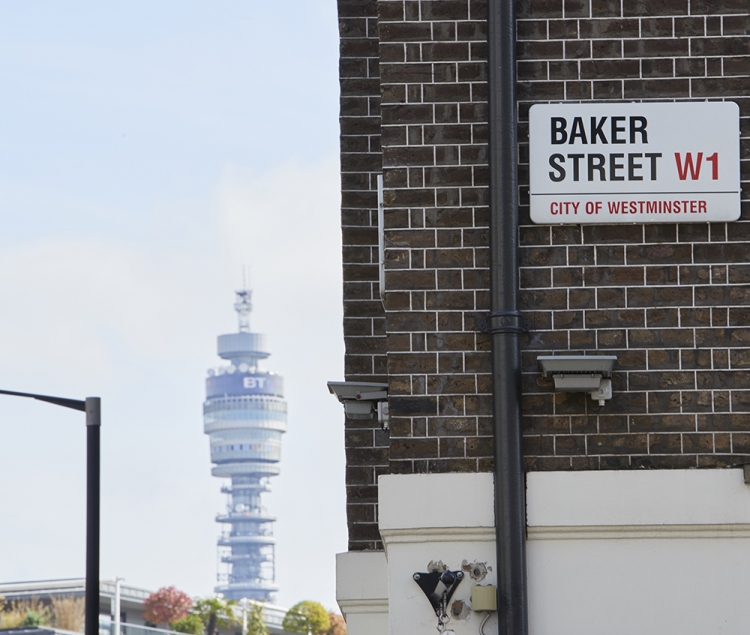Employee benefit programmes: how to prove your value

Traditionally the responsibility of HR, employee benefit programmes are increasingly gaining the attention of the risk department. From cost-savings to more efficient management of employee-related risks, risk managers are proving their value.
But building the necessary engagement with HR teams – who, in most cases, want to maintain ownership of the design and procurement of employee benefits programmes – is a major challenge. The key, says Tracey Skinner, director of insurance and risk financing at BT Group, is to “stress to HR that you’re not there to do their job.”
“BT was successful because we were clear with our message, that the risk team is not there to buy or design employee benefit programmes – that’s solely the responsibility of the HR department,” she says.
“All we say is that when HR colleagues have decided on what they want to buy, they should come and see us because we can offer a lot of support. We understand the insurance market, the offerings, and can also advise on areas such as costs.”
To find out more about BT’s employee benefits story, listen to a recent webinar presented by Ms Skinner, here.
This webinar is part of a series on how and why risk managers should get involved in employee benefits, which can be accessed here.
In collaboration with her HR colleagues, Ms Skinner helped BT Group re-engineer its employee benefits programme for the better.
In 2010, the team set out to improve its financing strategy for the delivery of healthcare and insurable employee benefits globally.
The team made the decision to switch from an insured model to a global self-insured model, by utilising its Isle of Man based captive insurance company. The telecoms provider has a presence in 170 countries across the world and so the team felt it was more appropriate to retain both the risk and profit margins, that would otherwise have been absorbed by insurers.
Six years down the line, BT is reaping the benefits. It has managed to roll in 65% of suitable business and its employee benefits programme is operating at break-even pricing. In terms of risk, the programme provides a clear vision of the total cost of employment risk, helping the risk team assess the impact of risk management, health and safety and wellness initiatives.
Looking back, Ms Skinner puts much of the success down to strong communication and teamwork, particularly with the HR department.
“It is important to understand where the handover points are between HR and the risk department. HR are responsible for the design of the programme. Once HR is clear about this, they can bring the requirements to the risk manager, who can help find the most cost-effective solutions,” she says.
“After all, we’re here to help.”
